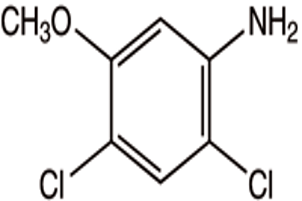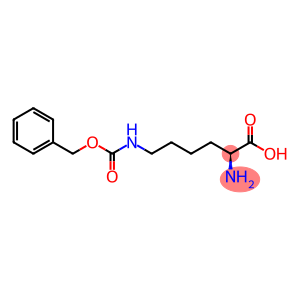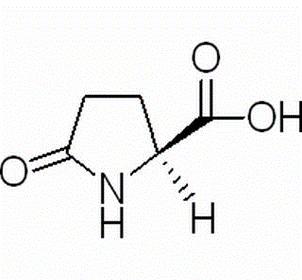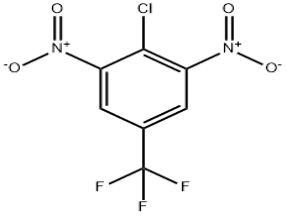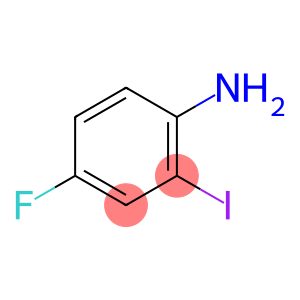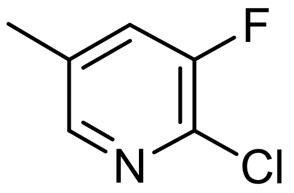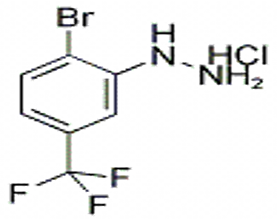2 4-Dichloro-5-methoxyaniline(CAS# 98446-49-2)
| Risk Codes | R20/21/22 – Harmful by inhalation, in contact with skin and if swallowed. R36/37/38 – Irritating to eyes, respiratory system and skin. |
| Safety Description | S26 – In case of contact with eyes, rinse immediately with plenty of water and seek medical advice. S36/37/39 – Wear suitable protective clothing, gloves and eye/face protection. |
| UN IDs | UN2810 |
| Hazard Note | Irritant |
| Hazard Class | 6.1 |
| Packing Group | III |
Introduction
2,4-Dichloro-5-methoxyaniline is an organic compound. This compound is solid, white to pale yellow crystals at room temperature, and has a special ammonia odor.
2,4-Dichloro-5-methoxyaniline has a wide range of applications in pesticides and glyphosate. It is a control agent for many weeds and plant pathogens, able to stop the growth and reproduction of pests. It is also used in the synthesis of dyes and pigments.
The preparation of 2,4-dichloro-5-methoxyaniline can be carried out under alkaline conditions by using dimethylaminobenzene chloride and thionyl chloride as raw materials. The reaction conditions are high temperature and high pressure, which usually requires the presence of organic solvents.
Safety Information: 2,4-Dichloro-5-methoxyaniline is a toxic substance that may cause irritation and injury in contact with the skin, eyes, or inhalation of its vapors. It also has certain hazards to the environment and can cause contamination of soil and water sources if not handled or disposed of properly. When using and handling this compound, it is essential to follow appropriate safety operating procedures, wear appropriate protective equipment, and dispose of the waste properly. When using it in a laboratory or industrial setting, it is essential to comply with the relevant regulations and regulations.


